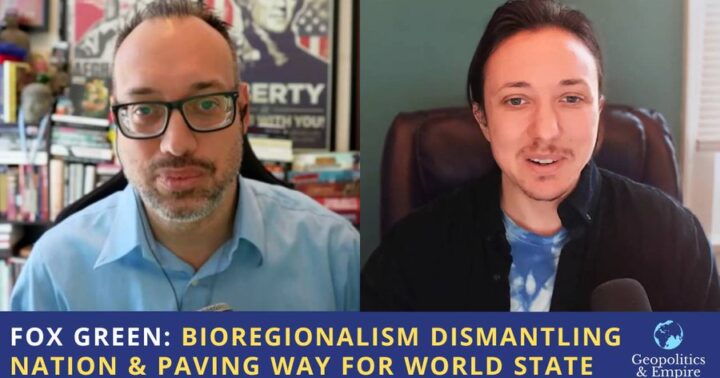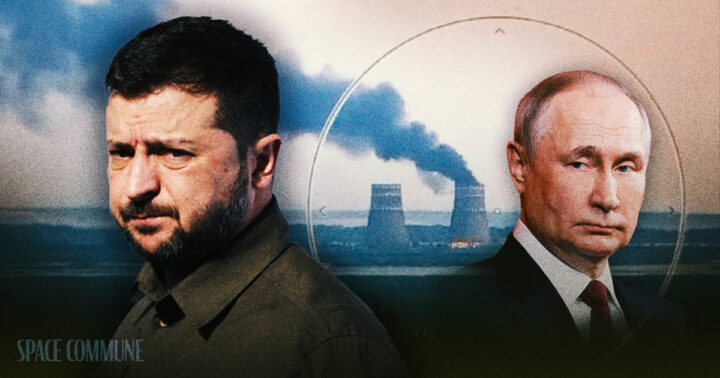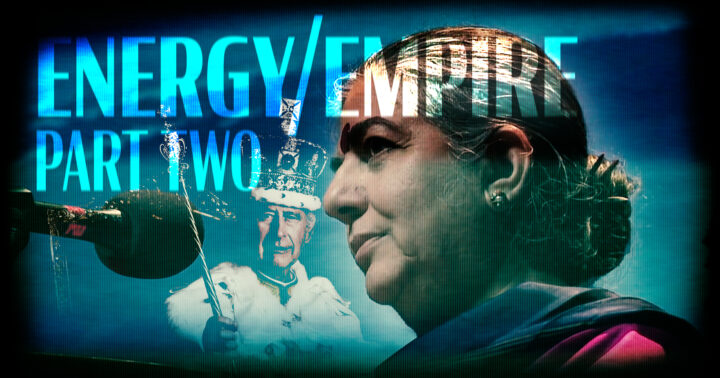In November 2022 The Breakthrough Institute (BTI), drawing from Academia, NGOs, and the UN, released a report, which others digested, on the supposed inextricable link between the solar industry’s supply chains and Uyghur slave prison labor in China. China denies such claims. The report praises initial moves by the US and the EU to counter these allegedly ongoing human rights violations and extols countries and the solar industry to move the various parts of its manufacturing process out of China. As the fight for nuclear and responsible renewable energy development intensifies in the US, this narrative is gaining traction as another tool to counter the 100% renewable extremists. However, the US also has a prison slave labor problem, one that it does not even deny. We are also in a time of ratcheting tensions between the US and China, in which these narratives would be useful in stoking anti-China sentiments. However, bringing up these facts in a simplistic argument leads to the inevitable accusation of whataboutism and little else. As such, it is worth making a more longform argument which clearly lays out the current conditions of slave labor in both countries. Once it is shown that China has progressed further along in the abolition of slavery than the US, it will be clear how this narrative is just another in a long list of anti-Chinese propaganda.
Vulgar Whataboutism
Whenever comparing and critiquing the complex policies of nation states, especially from a base of moral superiority as the BTI report does, it is easy to fall to counter arguments calling out the same moral failings of the accuser. At best, this is a pragmatic “take care of your house, I will take care of mine” kind of argument. At worst it is an unuseful, thought-terminating cliche; two things can be true at once and the understanding of the situation does not progress. A better way to compare is to understand that history is a moving process, grounded in the material reality of a given time and what came before it. Then from this, compare which nation is progressing along in the right direction and creating the material conditions necessary to realize the desired outcome. A quote from Marx captures this perfectly:
“Men make their own history, but they do not make it as they please; they do not make it under self-selected circumstances, but under circumstances existing already, given and transmitted from the past.”
Karl Marx 1852
To apply this to the topic at hand, both countries seem to use slave labor, but to compare the two, one would have to see where and why the practice originated, how it developed over time, how it is being used currently, and the direction the practice is heading in. Though it would be an interesting deep dive, only the latter two questions need to be addressed to reveal the role this narrative is playing.
The Use of Prison Labor
China, based on the various reports previously cited, used prison slave labor, called Vocational Education and Training Centres (VETC), in the context of combating extremism, separatism, and terrorism, but are officially winding the program down. However, all of the reports insinuate that China is lying in one way or another. Either that their laws are vague and that innocent or low offending Uygher minorities are getting swept into the system, or that the forced labor is still continuing, or that the Uygher’s are getting mistreated above and beyond the forced labor they are enduring. It is worth re-noting that China denies these allegations.
The US, based on a 2019 academic overview, currently uses slave prison labor at both the State and Federal level in an official capacity. For example, New York State used prison slave labor to make hand sanitizer for use in all of its public buildings:

You do not even need satellite imagery to confirm slave labor in the US.
In terms of interstate and export commerce, the US has allowed prison slave products to be sold both between States and exported abroad. In the most recent developments of this practice, many companies are jumping on the domestic desire for “Made in America” products by using slave labor to make their goods “in America” and mark them as such. It also should be noted that this is done for all types of criminals, not just the worst offenders.
At this point two different paths are presented, the apparently radical one where China is taken at their word, or the one favored by the West that just assumes China is lying (pgs. 10-13). Both reveal China’s progressiveness relative to the US. If China is telling the truth, then China is reserving slave labor for its worst offenders, whereas the US applies it carte blanche. Even if China is applying the laws overbearingly, they are still dealing with the problem of terrorism more humanely than the US. China has some vaguely worded laws; the US drone strikes with impunity. Also note that China, as stated in the UN report, is moving away from the VETC program so is either finding a better way of dealing with this issue or has solved the problem for now. While in the US, prison slave labor shows no signs of slowing down.
If China is lying and they are using slave labor as a general punishment, with the claims of dealing with terrorism only a front, this would mean, at worst, that China applies prison labor to the same standard as the US. At best, however, the argument could be made that the Chinese prison labor program is more akin to a true vocational skills program in order to improve the lives of inmates. While many US prison labor programs claim this, many inmates are not doing high skill tasks or even if they are they find it hard, if not impossible, to translate those skills into meaningful work. The most dramatic example of this is the Californian forced labor firefighters who are barred from becoming full firefighters once they are free. In contrast, for China economic rights are seen as necessary to support all others. Thus, a program that addresses the uneven development of the country and gives otherwise under-employed citizens useful job skills would be consistent with Chinese values. Such programs, that helped alleviate absolute poverty from China, were praised by the same UN official who wrote the China Forced Labor report.
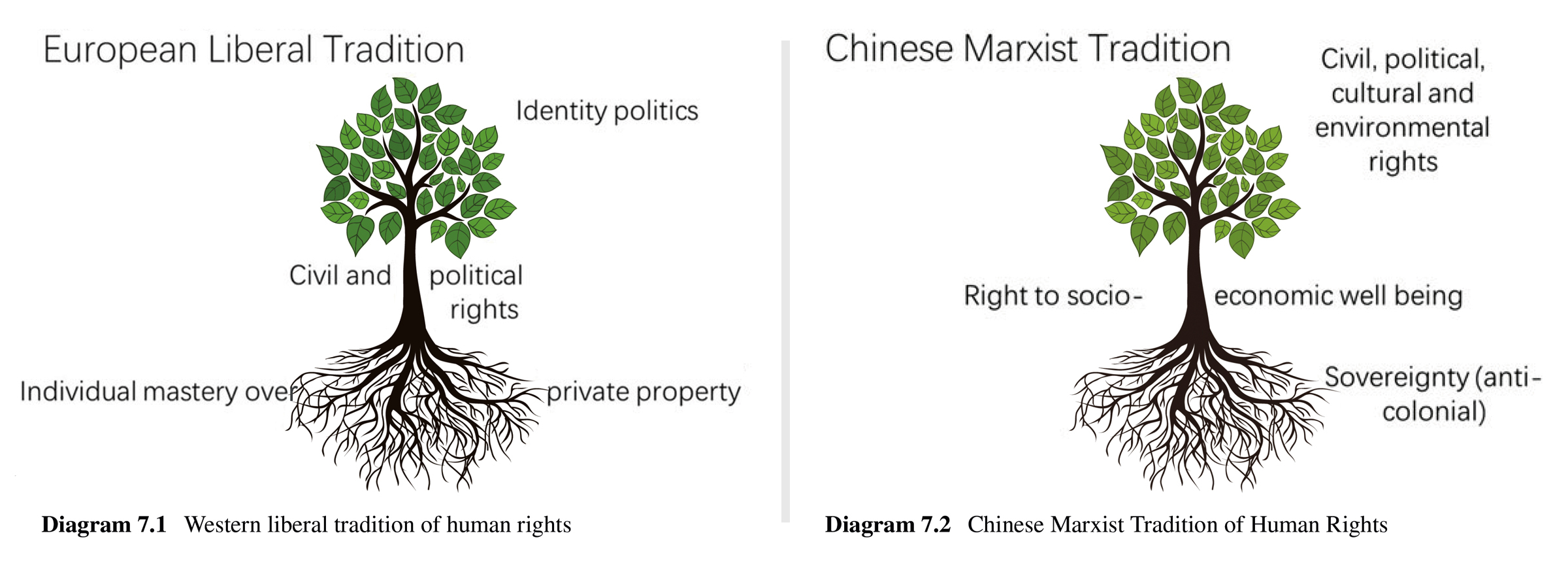
At this point, it should be clear even from this cursory glance that China’s application of slave labor is the same as or much better than the US’. It should be noted, however, that this is not an anti-America hit piece. The working people of America have a proud abolitionist history, and many today are fighting against this injustice. BTI partakes in a contradiction when they accuse a nation of slavery in order to bring manufacturing back to a country with an equivalent or even worse track record of slavery. Note the absurdity here; there has never been a mainstream call to divest from US supply chains due to its confirmed prison slave labor, yet when China allegedly does it there is moral outrage? It is also worth remembering, as mentioned above, that many companies use American slave labor to make “Made in America” products. It seems very likely that this onshored solar manufacturing would be staffed by the US prison system. Though the BTI seems to genuinely care about human rights and would likely call out this practice if it did happen, the fact that they do not worry about this potentiality in their report shows they are more concerned with pushing the narrative of Chinese forced labor. This leads to an interesting question, why is this narrative becoming so popular and what does the BTI and others have to gain in spreading it?
Manufacturing Consent
Chomsky’s Manufacturing Consent does a great job laying out how narratives are created by the ruling class and disseminated by an incentivized media structure. The title of this piece, though bombastic for the clicks, invokes the infamous claim, pushed by mainstream media, that the US people needed to support the invasion of Iraq due the the presence of weapons of mass destruction only for there to be none. This framework can also be applied to the China Forced Labor narrative. First, one can look at how it benefits the ruling class. For this, a direct quote from Boer’s Socialism with Chinese Characteristics: A Guide for Foreigners (pg 181-182) is illuminating (emphasis mine):
“Let us consider Tibet and Xinjiang for a moment, for here the problem is compounded with the three evils of separatism, extremism, and terrorism (aided by foreign forces).What is the Chinese response? The immediate focus is on combating terrorism for the sake of safety, peace, and social harmony—three basic social imperatives in Chinese culture and governance. Apart from ensuring that no further terrorist attacks occur, this task also entails sustained efforts to eradicate extremist thought and propaganda. However, the deeper assessment is that these problems have arisen due to poverty and the uneven development of China’s varied regions. Thus, the way to overcome the dangers of separatism, extremism, and terrorism is to focus on measures to ensure the right to socio-economic well-being. We may already see such an emphasis with Jiang Zemin’s push in the 1990s to develop the western and central regions since they were already lagging behind in the process of socialist modernisation (Jiang Z. 1995b, 465–467; 1995a, 454–456). However, the most successful project continues to be the Belt and Road Initiative, since the regions in question have become vital nodes in fostering economic interaction across the Eurasian landmass, but especially with Russia and Central Asia. As I write, the economies of Xinjiang, Tibet, Inner Mongolia, Ningxia, Gansu, and so on, have been booming, precisely as an outcome of BRI integration.”
Xinjiang is an important link in China’s Belt and Road Initiative (BRI) which is working successfully with countries all around the world in a win-win manner. The US opposes this initiative, and is on track to set aside half a billion dollars to slander it. It can be easily seen, then, that the benefit to the US ruling class in attacking and destabilizing the Xinjiang region is to try and slow down China’s BRI. This leads one to the next question, what would groups like the BTI or even pro-energy individuals have to gain in repeating this narrative? In Chomsky’s book, the media are incentivized to repeat official narratives in order to maintain access to official briefings that make their jobs easier and more profitable. In this case, the BTI has incentive to create their own “identity politic” weapon to wield against the anti-industrialist NGOs who are keen to wield identity politics against them. A fight fire with fire scenario. This can be seen in the following paragraphs from the BTI report (emphasis mine):
Outside of China, the environmental movement has rightly fought to ensure that climate change mitigation efforts do not inflict unjust, disproportionate harm on vulnerable peoples in the name of the greater global good. Whether advocating for the protection of communities in lithium mining regions of Chile, Bolivia, and Argentina or when demanding strong policies to support coal miners through the clean energy transition, policymakers and environmental advocates strive to protect groups that could bear unfair costs as the world seeks to reduce carbon emissions. Yet as evidence of the solar manufacturing sector’s ties to crimes against humanity in Xinjiang continues to accumulate, activists, policymakers, and the clean energy industry have remained unusually silent.
A recent special report on the global solar PV supply chain by the International Energy Agency, for instance, conspicuously makes no mention of forced labor risks associated with Xinjiang-based manufacturers. And when a reporter at the COP26 international climate conference asked U.S. Special Climate Envoy John Kerry about solar energy, forced labor, and the Xinjiang region, he evasively replied that such concerns were “not my lane.” Numerous major international environmental advocacy organizations including the Natural Resources Defense Council, Greenpeace, and Friends of the Earth lack any mention of environmental or human rights issues in Xinjiang on their websites, with many of these groups declining to speak with reporters on such questions.
Many environmental advocacy organizations listed in the BTI report use stories such as the uranium mining waste dumping on Navajo land as a way to paint nuclear energy as racist. This is also seen in New York State’s energy transition plan. While overall supporting the continued operation of existing nuclear plants in the state, it includes a passage, authored by the “Climate Justice” faction of the planners and couched in the language of identity politics, calling for their closure. However, many of these groups have been silent on China’s supposed slave labor, providing the BTI and other nuclear advocates a way to fight back. After all, one cannot be truly worried about oppression of minorities if your preferred energy source is made with slave labor. The problem is that this counter-argument is equally faulty. Instead, the pro-energy movement just needs to argue for the equitable distribution of benefits and burdens of energy development. All should have access to reliable and cheap electricity, and any waste that is produced should be managed rationally and shouldn’t only burden the least politically powerful among us.
A Different Path Forward
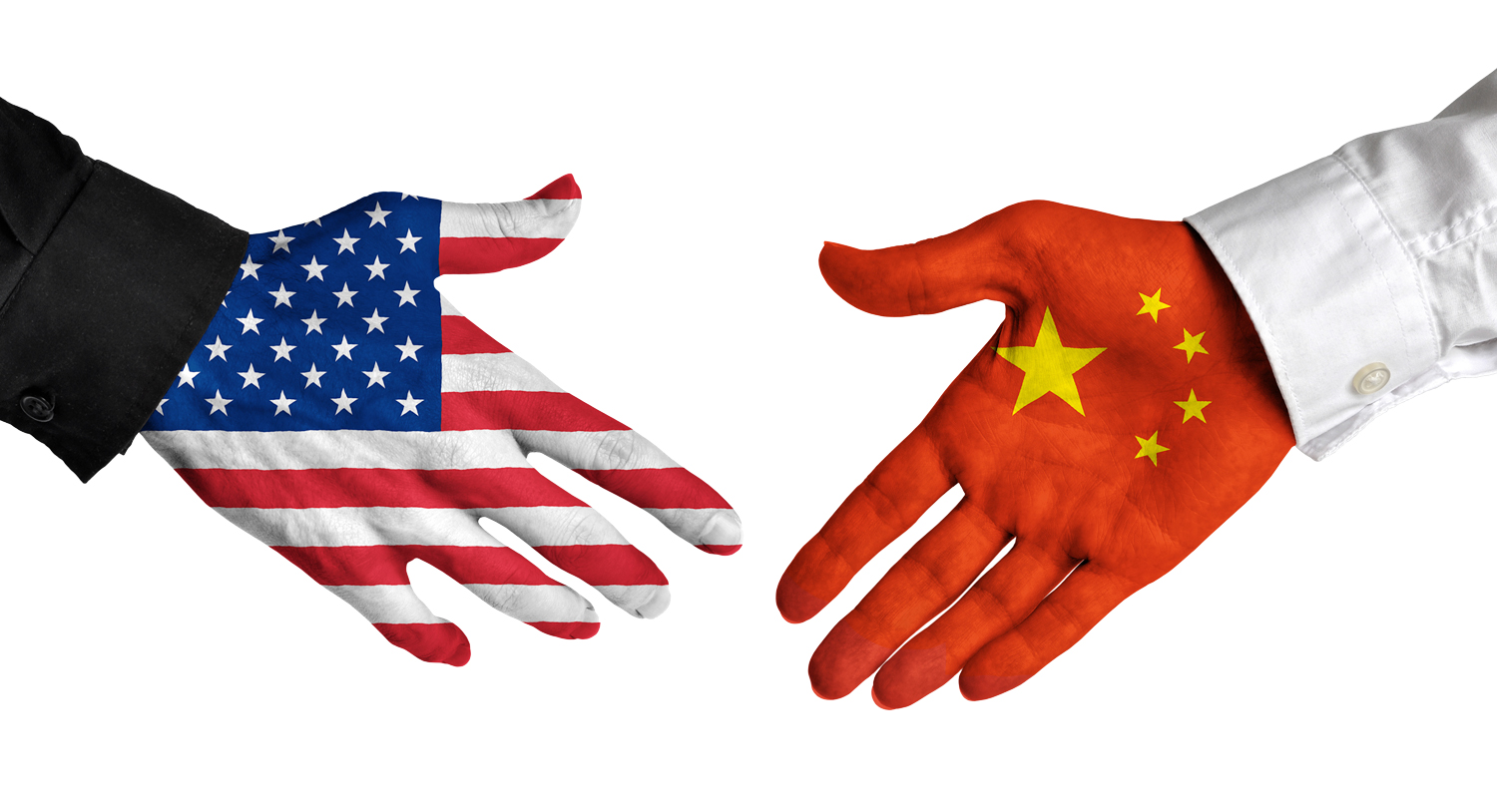
The desire to bring manufacturing back to the US is another incentive BTI has to push this narrative. The author here shares this goal, but it does not have to be achieved through slandering our supposed competitors. On one hand, the US needs to make real infrastructure investments, such as the ones the BTI report praises China for doing, in order to make manufacturing profitable. Investments in affordable housing, education, healthcare, electricity and other such physical infrastructure are all a prerequisite to have a thriving industrial economy, but are the kind of investments the US financial class is loath to make. On the other hand, the US could see China not as an enemy but as an ally in creating shared prosperity for both nations. China prefers to work through win-win cooperation, and not interfere with the internal policies of other nations (pgs. 175-176). They have even invited the US to join the Belt and Road Initiative. Such cooperation would not only boost the growth of developing nations by moving away from the green colonialist model, but also realize benefits in both countries directly. For example, China seems to be getting good at building the US designed AP1000s, and could offer anything from technical assistance to manufacturing support. Who knows the full extent humanity would benefit from two global superpowers working together instead of one side needlessly antagonizing the other.
The BTI and the wider pro-growth movement in general shoots itself in the foot when they regurgitate misleading anti-China narratives such as the Uyghur forced labor story. China is our ally against those who would see us go cold, hungry, unproductive, and miserable — not our enemy. There is still time to self correct, however. The inspiration for this piece came from those who are open minded and are willing to hear both sides of the story. For those that do want to learn more, Socialism with Chinese Characteristics: A Guide for Foreigners is a great primer for non-Chinese wanting to learn about modern China (also available as an audiobook). There is also The Governance of China series if one wants the positions of China straight from the horse’s mouth. A future of shared prosperity is out there, we must only be willing to fight for it.
Brian Wilson is a pro-nuclear citizen out of Oswego NY, with a focus on the NYS CLCPA and the BPRA; working with anyone who shares a vision of shared growth and prosperity. He would like to thank his wife for making this piece readable.


